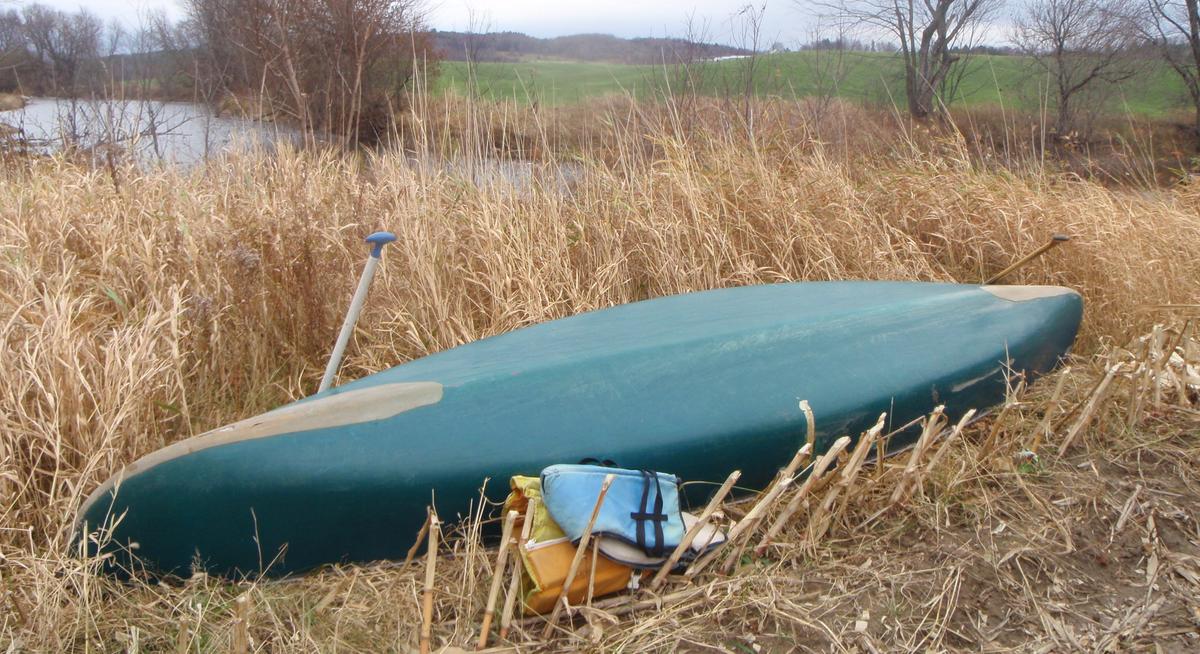Relatively flat and smooth trails that are often wide.
May have a few hills or steep sections, multiple surface types, or might be narrow.
Most advanced trails are natural surface with more difficult hills, exposed roots or slipping hazards.
Typically single track, natural surface, narrow trails with many hills or steep sections, tight turns, exposed roots or slipping hazards or other obstacles such as stream crossings or rocky areas to traverse.
All categories assume recommended flow conditions for paddling. Some risk is always present when paddling, and difficulty can vary widely depending on conditions such as changing flow or weather, downed trees, or tides. Skill level for water trails is based on our current knowledge of the waterway and the guidelines below.
Little or no prior paddling experience is necessary; these trails are great for first-time paddlers and are beginner and family-friendly. Hazards are minimal and water is mostly flat with no or very minor obstacles, no skilled maneuvering is required and only short portages (carrying the boat) when on the water. Paddlers may encounter Class I rapids (small ripples and waves).
Some prior paddling experience is suggested for a comfortable trip. There may be hazards or obstacles that require more skillful maneuvering, including Class I and II rapids (straightforward rapids with clear, wide channels), downed trees, winding watercourses (stretches of river with quick turns), and some eddies. If a rapid higher than Class II is present, there is an option to portage (or carry your boat) around it.
Prior experience is required to complete this trip. Hazards or obstacles (downed trees along winding watercourses, very swift water, long portages, and strong currents) will require more skillful maneuvering. There may be Class II or III rapids (moderate, irregular waves which may be difficult to maneuver). Coastal paddling in this category may include long open water stretches or surf, and require knowledge of tides.
Advanced paddling experience/skills and a high degree of adventure are required to complete this trip. Hazards or obstacles will require very skilled maneuvering and are dangerous to non-expert paddlers, including stretches with Class III+ or higher rapids (intense, powerful, or extremely long rapids) or remote trips requiring navigation skills or backcountry emergency knowledge. Coastal paddling in this category may include long open water stretches and surf requiring knowledge of tides to prevent being stranded.
For more information on River Rapid Classifications and Safety, visit American Whitewater’s Safety Code page.

Success! A new password has been emailed to you.